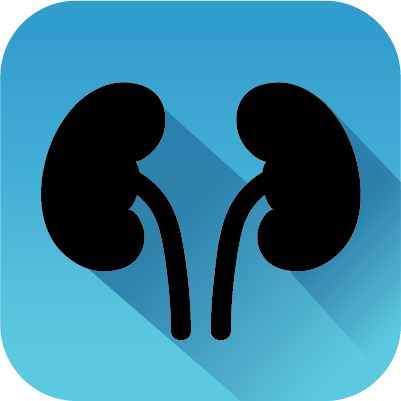
All deceased donor kidneys considered good enough to transplant are given a score (0-100),called the Kidney Donor Profile Index (KDPI). The score is calculated based on 10 factors that help predict how long the kidney will last, the factors are
• Age
• Height
• Weight
• Ethnicity
• History of Hypertension
• History of Diabetes
• Cause of Death
• Serum Creatinine
• Hepatitis C Virus (HCV) Status (applies only to HCV positive donors)
• Donation after Circulatory Death (DCD) Status
A higher score means LOWER quality. A kidney with a score higher than 85 is often referred to as "high KDPI kidney".

Some kidneys are donated from people considered at “increased risk” for infectious diseases such as HIV and Hepatitis B and C. The donors have tested negative for these infections, therefore the risk is very low. This category is different from the quality, or KDPI, as these kidneys are likely to be high quality.
The family of a 22 year old man who died of a drug overdose is donating his kidney. His blood tests for infections such as HIV and hepatitis B and C are negative. The kidney has a low KDPI (high quality) because he is young, has no other medical problems, and the kidney function was good. However, he was known to have died from a drug overdose, there is a small (4 in 1000) risk that he was exposed to HIV or hepatitis in the last few days and the blood tests are not yet able to detect this. Therefore, his donor kidneys would be classified as "Increased infectious risk" (compared to standard donors) but high quality, or "low KDPI."